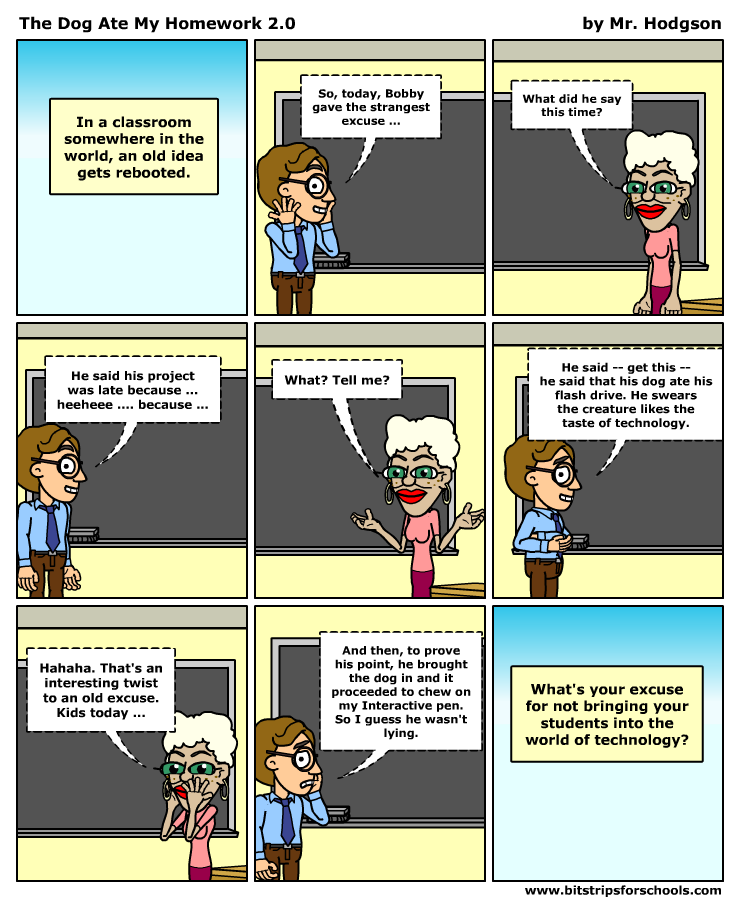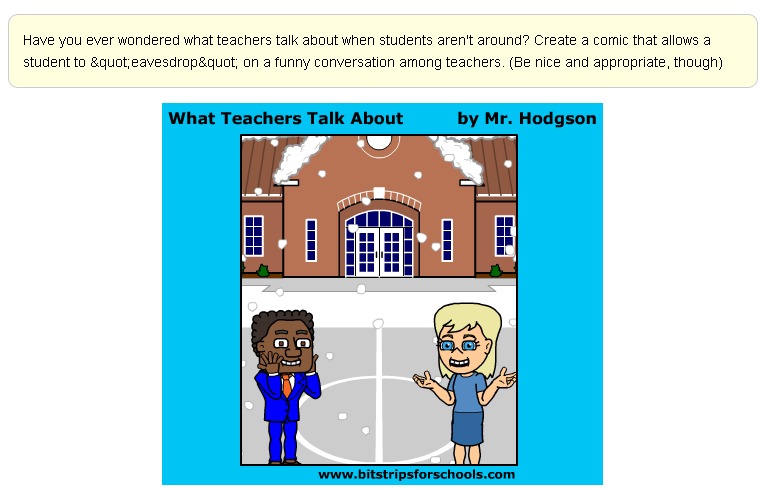I recently picked up Building Literacy Connections with Graphic Novels: Page by Page, Panel by Panel, mostly because it is edited by James Bucky Carter, whose writing and links and insights around comics and graphic novels I enjoy reading about. (Check out his blog: EN/SANE World). In this collection of essays from various educators, Carter weaves together ways in which teachers can bring graphic novels and comics into the curriculum.
Carter’s introduction gives some nice background knowledge around the connections between art and writing, and the form of graphic novels. In the book, Carter makes the case for these forms to be considered real and authentic forms of literacy, and not just something to be laughed off or put out for the down-times of the classroom.
“There is a graphic novel for every learner in your English language arts classroom,” is how Carter begins, and he ends his introduction — first, by acknowledging that more inquiry research in the classroom needs to be done and shared — by declaring, “Bit by bit, we can expand the Golden Age of the graphic novel in the domain of education.”
Not every chapter had me engaged, but the one I really liked was by Don Leibold, whose Abandon Every Fear, Ye That Enter: The X-Men Journey through Dante’s Inferno, about the connections between an X-Men story arc and Dante’s work, and how a teacher might use on to supplement the other. I vaguely seem to remember the comic that Liebold refers to, and it is fascinating to think of the two stories, side by side.
Most of the chapters deal with reading comics and graphic novels, and I have to say that the chapter that seemed to suggest the use of technology (Using Graphic Novels, Anime and the Internet in an Urban Setting by Nancy Frey and Douglas Fisher) didn’t really do much for me in terms of technology and comics. I was hoping and wishing for more, particularly given the influx of digital comics and the ability to create them easier than ever before.
Luckily, Carter ends the anthology with a sharp chapter on bringing young writers along with comics as a source of mentor text and inspiration with a Comic Book Show ‘N Tell Project in which students work on storyboarding, editing and writing with a voice for an audience.
If you are a teacher considering the merits of graphic novels, then Carter’s anthology collection is a good read and a good starting point for those folks trying to make a case for comics. And as Carter points out himself, I hope books like this one continue the push of graphic literacy in the classroom for all students.
Peace (on the page),
Kevin
PS — Today is Free Comic Book Day, so get yourself down to the nearest comic book shop and grab some comics for the classroom. The free stuff is not really the best stuff — mostly samples and anthologies — but still, they can make a good supplementary classroom resource.





